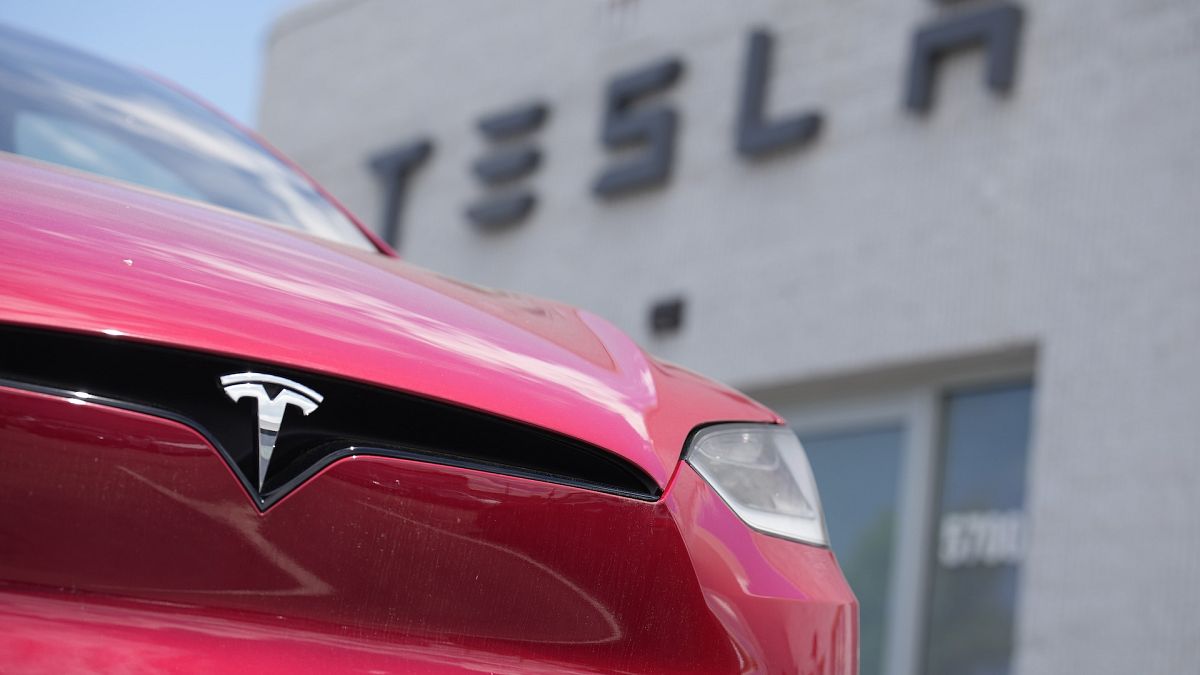Tesla’s Upcoming Second-Quarter Earnings Report
Tesla is poised to release its second-quarter earnings report after the US markets close on July 23. Despite being down 4% year-to-date, shares of the world’s leading electric vehicle (EV) manufacturer have surged 71% since the company announced its first-quarter earnings in April. While automotive sales are anticipated to continue their slowdown, Tesla’s energy storage deployment experienced a remarkable surge in the first quarter. Investors are eagerly awaiting any positive developments regarding Tesla’s AI-driven Full Self-Driving (FSD) technology, the robotaxi initiative, and the Optimus robot services.
Forecast and Challenges
According to a recent survey conducted by Bloomberg, Tesla’s revenue for the second quarter is projected to decline compared to the same period last year, marking the third consecutive year-on-year decrease. The overall revenue is estimated to be around $24.6 billion, reflecting a 1% drop from the previous year. Earnings per share are expected to be $0.62, representing a significant 32% decline from the same quarter in the previous year.
In the second quarter, Tesla successfully delivered 443,956 EVs, exceeding Wall Street’s average estimate of 439,302 vehicles. However, this figure indicates a 4.8% decrease compared to the same quarter last year, following an 8.5% year-on-year drop in the first quarter. These consecutive declines represent the longest period of decreasing quarterly delivery numbers since 2012. In response to growth bottlenecks, Tesla has accelerated the mass production of its affordable EV, moving the timeline from the second half of 2025 to the first half.
The company faces significant challenges, including intense competition from rapidly growing Chinese EV manufacturers, particularly BYD, which has established itself as the best-selling brand in China. The ongoing price war among automakers has drastically reduced Tesla’s operating margin, which fell to 5.5% in the first quarter, down from 11.4% a year earlier. Notably, China represents Tesla’s second-largest market, contributing over 20% to its sales revenue. According to the China Passenger Car Association (PCA), Tesla’s shipments from its Shanghai facility dropped by 24.2% year-on-year in June, marking the fourth decline this year.
Additionally, an increased EU tariff on EV exports from China has further pressured Tesla’s sales in Europe. PCA data indicates that exports of China-made Tesla EVs to the EU have fallen to their lowest level since the third quarter of 2022. The EU is the largest export market for these vehicles, accounting for a 9.1% market share in Europe as of January, according to EV-volumes.com.
Exploring New Growth Opportunities
To sustain its high market valuation, Tesla must entice investors with emerging growth areas. CEO Elon Musk has indicated that the company’s energy storage business has gained momentum, with revenue in this segment increasing by 7% in the first quarter to an impressive $1.64 billion, alongside energy deployments reaching a record 4.1 GWh. Musk anticipates continued growth in this sector.
Moreover, the Robotaxi initiative is integral to Tesla’s broader strategy to develop fully autonomous vehicles utilizing FSD technology. Cathie Wood from Ark Investment Management has identified the autonomous taxi ecosystem as a potential “$8 trillion to $10 trillion global revenue opportunity,” with Tesla expected to capture half of that market share. She envisions that the autonomous taxi platform could amplify Tesla’s market valuation tenfold. However, the launch of Robotaxi has been delayed by approximately two months until October, which resulted in a dip in the company’s shares in mid-July.
On the technological front, Tesla’s AI training capacity has nearly doubled sequentially, reaching an all-time high. During the annual shareholder meeting, Musk expressed confidence in the company’s Optimus humanoid robots, predicting they would be capable of performing tasks in the factory by the end of 2024. He also asserted that the Optimus initiative could elevate Tesla’s market valuation to an astonishing $25 trillion. Additionally, Musk projected that the weekly output of the Cybertruck could reach 1,300 units.

